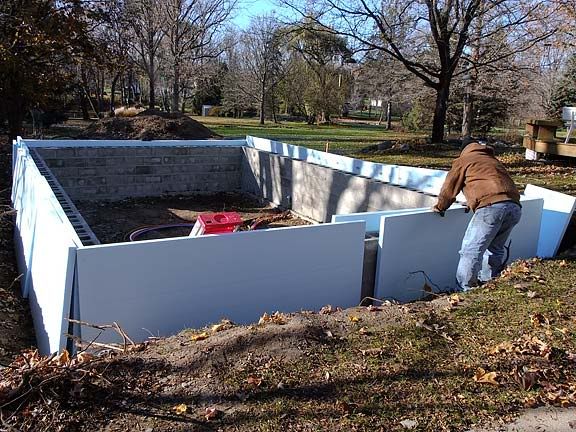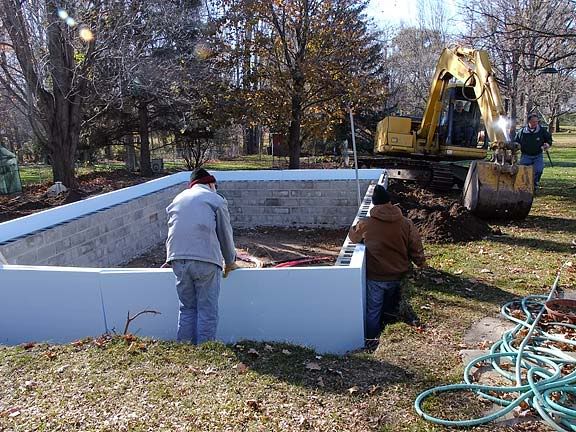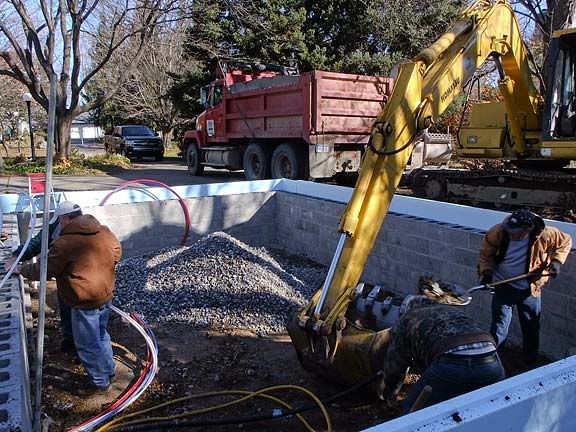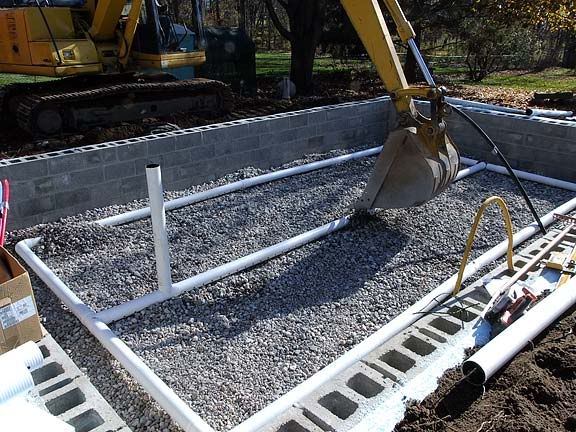Dot, since you're going to have gas heat, I VERY strongly suggest you look into a separated-combustion heater, as they have several advantages over conventional ones.
A conventional gas heater uses air from inside the greenhouse for combustion, so the exhaust pumps your humid, heated air out of the greenhouse, necessarily drawing the cold, dry outside air in. Most modern heaters also have "positive ventilation" for the exhaust - a fan that comes on before the heat goes on, and stays on for a while after the flame is extinguished - so that makes it even worse.
A separated combustion heater, on the other hand, draws outside air into the sealed combustion chamber, and exhausts it out again without any impact on the greenhouse atmosphere - including the "positive ventilation". In the case of my heater (I suspect they're all like this), the intake air flue surrounds the exhaust flue, so the intake air is preheated for greater efficiency, and the electronic controller circuitry is also in that sealed chamber, isolated from the moisture of the greenhouse, extending its lifespan.
After switching from a standard Modine (vertical heat exchanger, conventional design) model to the Reznor UDAS (horizontal exchanger - like a Modine Hot Dawg - and separated combustion), my gas consumption dropped 40%, and I stopped struggling to maintain decent humidity.
One might also argue that the separated combustion chamber also provides greater isolation of the plants from the potential of ethylene gas caused by incomplete combustion of the fuel.







